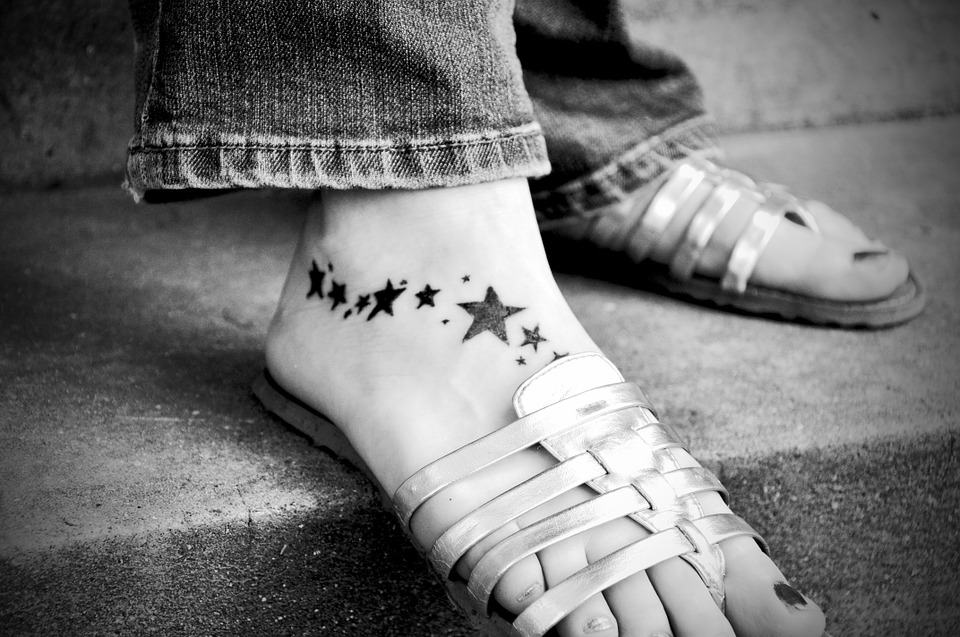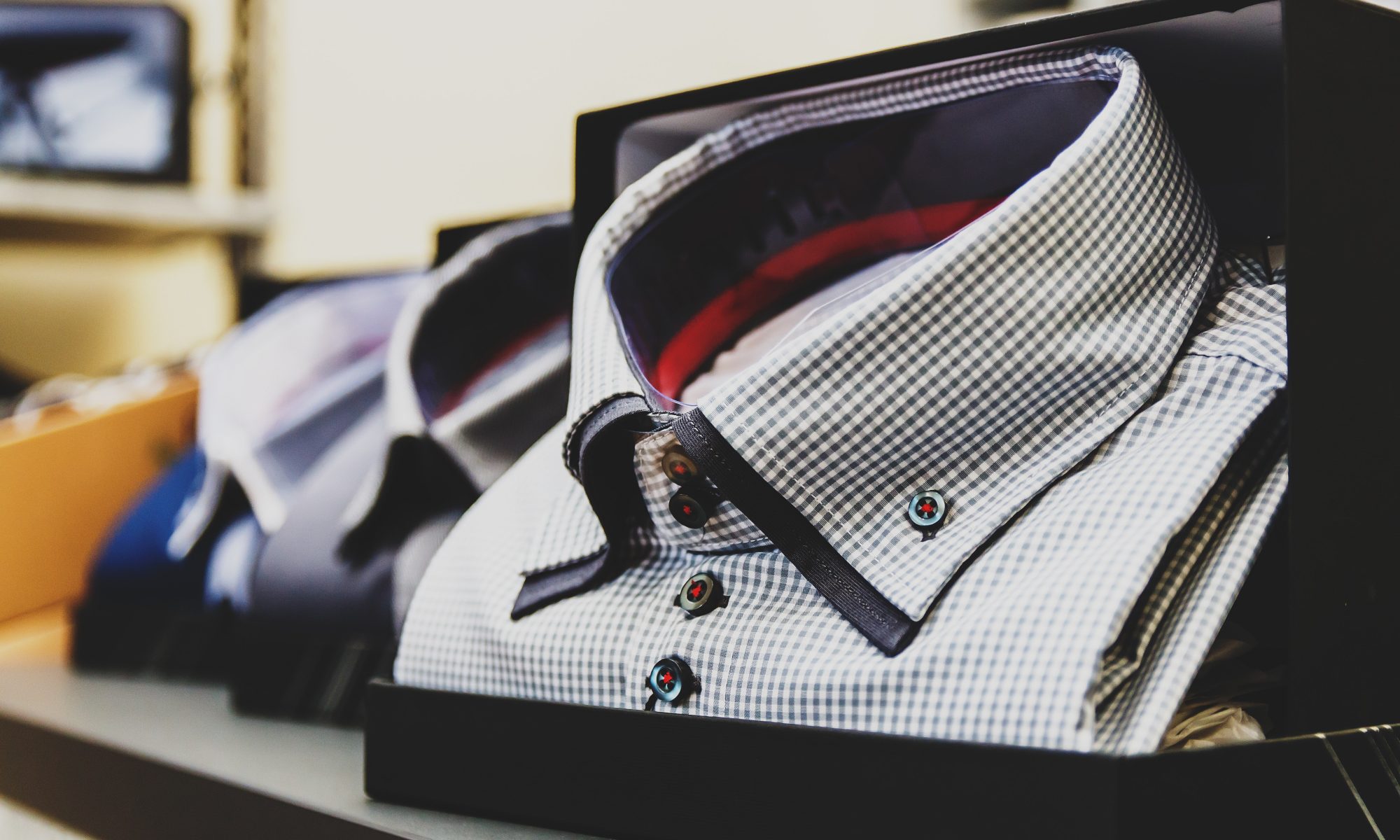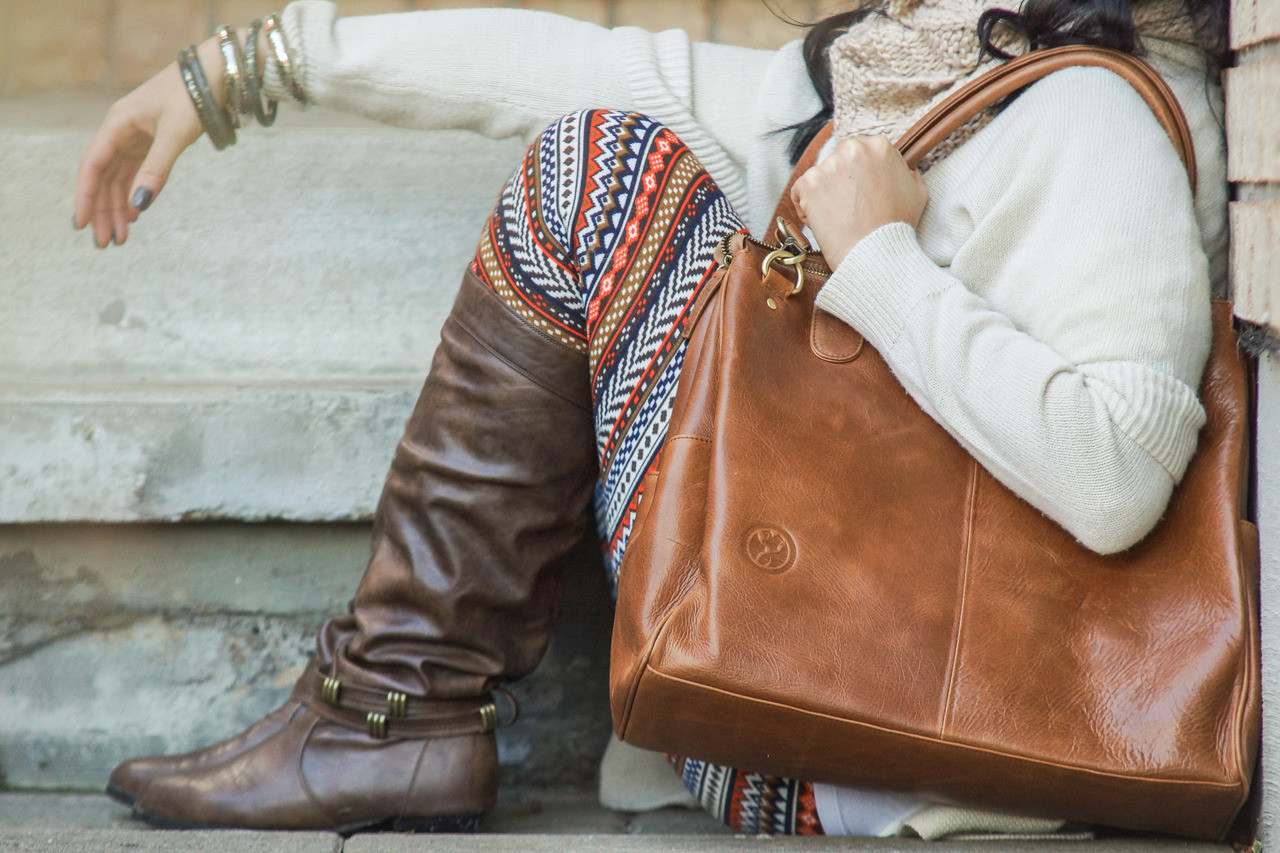We all thought that Angelina Jolie and Billy Bob Thornton would last, but the time has proven us (and them) wrong. Unfortunately, Jolie got the short end of the break-up by ending up with the name of her ex-lover tattooed on her arm.
While some people opt for cover-ups (mostly for large pieces), no tattoo has to last forever. A tried and tested laser treatment can safely erase the unwelcome memories of your body. Naturally, results also depend on post-removal care. That’s why we have prepared a few tips on how to take care of your skin after the removal process.

Day 1 and 2 of post-treatment care
For starters, make use of the benefits of cold therapy by applying ice pads to the target area. Most clinics will provide you with one of these after the procedure. For the first hour, constantly alternate on and off periods for relief.
A pad can stay on the treated skin for 5 minutes maximum, while the breaks should ideally last from 1-3 minutes. The role of cold therapy is to soothe the heat sensation and prevent the occurrence of blisters. In addition, use natural Aloe Vera gel for best results.
Apart from using this gel, you should moisturise the sensitive patch with an appropriate care product. Doctors will give you a prescription for specialised healing ointments that suit your skin. Don’t make a mistake by applying some antibiotic cream on your own, since these can only increase a chance of blistering.

Where activities are concerned, it’s advised to steer clear of the gym or any kind of strenuous tasks that cause excessive perspiration. Workout will redirect the blood flow from the critical area to the muscles and retard the healing process. On the other hand, raising the treated area above the heart level (lower body tattoos) also minimises blistering.
It goes without saying you should avoid using harsh cleansers and take hot baths in this period. In case you’re removing a tattoo placed on the lower leg area, you should postpone your pedicure until the skin recuperates. Micro-abrasions can easily cause an infection and further complications.
Don’t be alarmed if you experience various types of tissue reactions after every treatment, as this is normal and expected. This may include:
- The affected site seems to be brighter and unchanged in quality
- The skin gets a red, pink or white tone
- The treated area is characterised by blisters, minimal bleeding, clear, yellow or red discharge and swelling

How to proceed with post-treatment care
Stick with the prescribed care products in this period. Again, stay away from antibiotic ointments that promote blistering.
Blisters are a normal and expected side-effect. It’s strongly advised not to break them, though. If a blister starts to hurt uncomfortably, schedule an appointment with the chosen office for potential draining session. Note that blisters take up around two weeks to calm down. Protect the area with a non-stick bandage, especially if a blister breaks. In that case, you must apply some ointment beforehand as well.
Resist the temptation to remove or pick the crusts that form during the healing period. This may easily lead to an infection and scarring. The telltale signs of an already active infection include foul smell, pale green drainage, red streaks, fever and pain, in which case you should call the doctor as soon as possible.
Next treatment
You should have your Tattoo Removal appointments paced evenly at every 6-12 weeks, depending on the skin reaction. In the meantime, use SPF 50+ lotion in direct sunlight, skip a tanning salon and shave the area prior to the next session.
The success of a removal procedure relies greatly on adequate post-treatment care. These were some basic pointers on how to take care of your skin in the precarious healing period.



